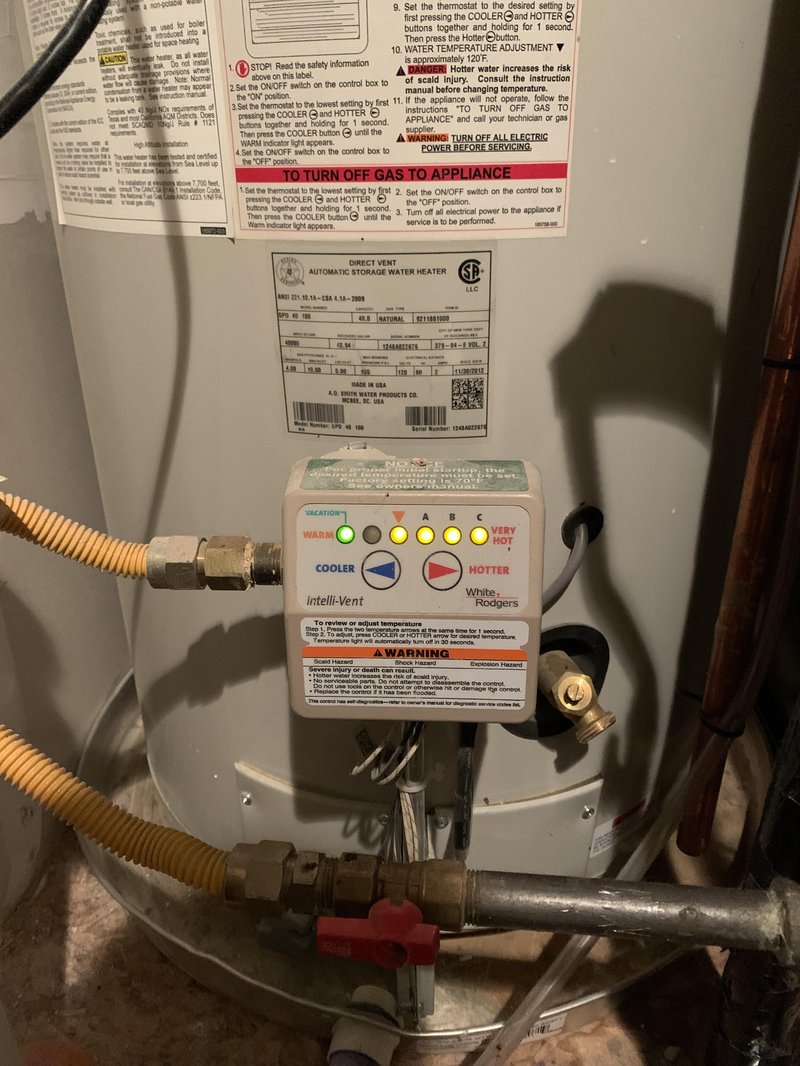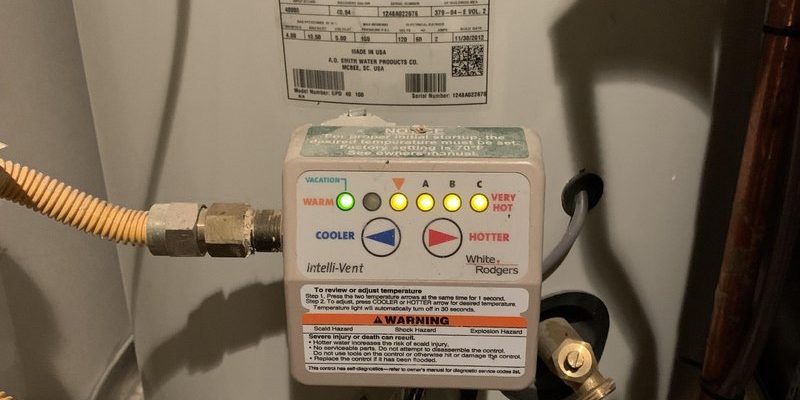
Imagine your Kenmore water heater as a helpful but sometimes misunderstood robot. It’s great at providing hot water, but just like you and me, it can run into issues. Error codes are its way of saying, “Hey, something’s not quite right here.” The “LE” error code is one such message, indicating a specific issue that needs addressing. Let’s dive into what this means so you can get back to enjoying your hot showers.
Understanding the LE Error Code
So, what’s the big mystery behind the LE error code? Think of it as your water heater’s way of telling you that it’s encountered a problem with the burner operation. The “LE” stands for “Lockout Error,” and this means your water heater’s safety protocols have kicked in. Essentially, it’s like the heater’s saying, “I need a timeout because something isn’t working correctly, and I want to prevent any damage.”
When the burner, which is responsible for heating the water, fails to ignite or stay lit, the system locks out to prevent further issues. This is a good thing! It’s like your heater has a built-in safety net to avoid bigger problems. But it’s also a sign that something needs your attention. Maybe there’s an issue with the gas supply, or a component isn’t functioning as it should.
As a beginner, the first step is not to panic. The LE code is common and can be caused by various factors, such as something as simple as a gust of wind affecting the flame or a minor component needing adjustment. Understanding the error helps you decide whether it’s a quick fix you can handle or if it’s time to call in reinforcements from a professional.
Common Causes of the LE Error Code
Now, you might be wondering, “Why does this error code pop up in the first place?” Well, let’s think of your water heater as a mini car engine. Just like a car, it needs a few things to run smoothly: fuel (gas), air, and a spark. If any of these elements are out of balance, the system might fail, leading to the LE error.
One common cause is an issue with the gas supply. Imagine trying to light a stove when the gas is turned off — nothing happens, right? If the gas pressure is inadequate or the supply is interrupted, the burner can’t ignite properly. Similarly, poor ventilation or a blocked exhaust can prevent the necessary air from reaching the burner, leading the system to pause.
Another common culprit could be an electronic failure, like issues with the ignition system or a faulty sensor. It’s similar to how a car might not start if the battery is dead, even if everything else is in perfect order. The same goes for your water heater; if a part isn’t signaling correctly, it could prompt the error code.
Steps to Fix the LE Error Code
Alright, you’re equipped with the knowledge of what might be causing the error, so let’s discuss some steps you can take. First and foremost, safety is key. Make sure to turn off the heater and cut off the power supply before attempting any fixes. It’s always better to be safe than sorry!
Start by checking the gas valve to ensure it’s open and that there’s no noticeable interruption in the supply. You wouldn’t want to start poking around only to realize the gas was turned off accidentally. Next, inspect the venting system. Ensure that there’s no blockage or debris that could be affecting airflow. Sometimes, a simple cleaning can resolve the issue.
If you’re feeling confident and have the manual handy, you might check the ignition system and the sensors for any visible damage or disconnection. However, if these steps feel a bit too technical or you’re unsure, it’s wise to call a professional. Remember, there’s no harm in getting expert help to ensure everything is done safely and correctly.
Preventative Measures to Avoid Future Errors
So, how can you keep this pesky LE error code from showing up again like the uninvited guest it is? Regular maintenance is the secret sauce here. Think of it like taking your car for regular check-ups to keep it running smoothly.
Schedule periodic inspections with a certified technician to ensure all components are working correctly. They can diagnose and fix minor issues before they become significant problems. Also, consider installing a carbon monoxide detector near your heater to ensure your safety and peace of mind.
Another tip is to keep the area around your water heater clean and clear to ensure proper ventilation. Dust and debris can do more harm than one might think, blocking vents and causing overheating or insufficient air supply.
By understanding the LE error code, addressing its causes, and taking preventive actions, you’re not just dealing with an error, but learning to manage your water heater like a pro. Enjoy your reliable hot water, knowing you’ve got the know-how to handle things when they go a bit awry.
